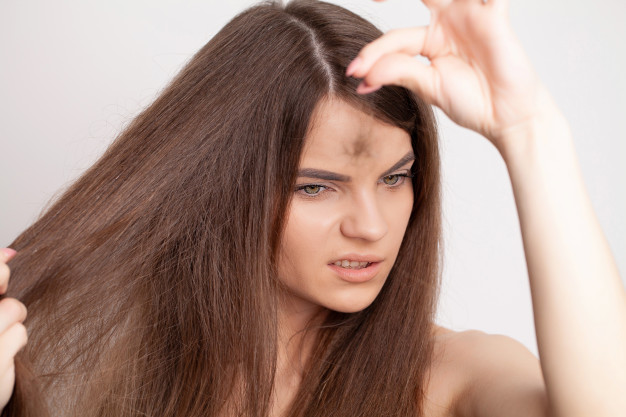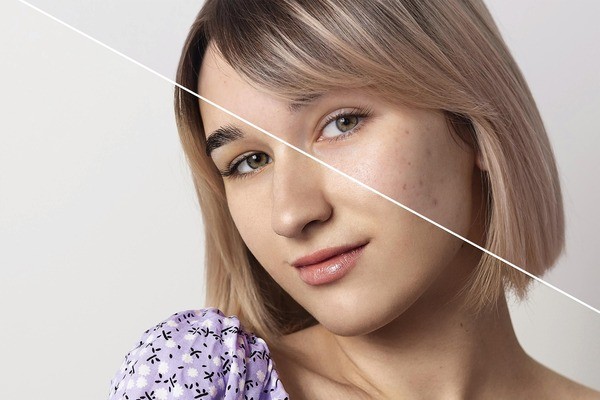
Androgenic Alopecia In Women
Hair fall in women is common. On average, a woman loses about 50-100 strands of hair each day. This, however, is renewed by the growth of other hair. However, in the case of Androgenic alopecia in women or female pattern baldness, the hair loss is not renewed.
Here, we understand the androgenic alopecia in women in detail and understand its causes, prevention, and treatment.
Causes
The genetic link
Usually, a woman tends to get pattern baldness in her mid-life. This can also begin at earlier stages of life. However, a major factor leading to this is a genetic link. This can be derived from either parent.
Genetics is the reason that largely contributes to this condition. However, it can also be caused due to the underlying condition affecting the production of Androgen.
These hormones contribute to androgenic alopecia in women and are secreted by tumours in the pituitary gland or ovary.
Autoimmune disease
Another cause of hair loss is due to Alopecia areata, a rare autoimmune disorder because of which the immune system attacks the hair follicle.
Medication
Medicines used to treat cancer also play a role in the condition. However, the hair grows back once the medication is stopped.
Illness
Other factors that affect and cause hair loss are illness, surgery, severe infection and also high fever.
Traction alopecia
Another reason that contributes to Androgenic alopecia in women is when a person wears their hair too tightly such as in a ponytail.
Menopause
Usually, a woman is affected after her menopause which means that hormonal changes can also be a contributing factor.
Prevention
The nature of this condition is genetic so, there is no guarantee of complete eradication of the problem. But, starting to take care of hair at an early stage is a great way to reduce the effectiveness of female pattern baldness.
Avoiding heat and other harmful products for the hair such as hair straighter, curling iron, blow dryer, etc.
Using a comb or your fingers on wet hair instead of using a brush.
Including foods in your diet that contribute to hair strength and health such as proteins, vitamins, and iron.
Protecting hair damage that happens because of the sun by using a cap or hat.
Oiling hair from time to time.
Treatment
The type of treatment that needs to be undertaken depends on the extent of hair loss. The benefit of getting a treatment done is that it promotes the growth of new hair and also prevents hair loss from recurring.
The types of treatment include:
Hair transplant
Hair lost during androgenic alopecia is only in some spots of the head. The doctor takes hair from a donor area that is, where there is plenty of healthy hair, and transfers it to the recipient area where the person is affected.
The process is time-consuming yet painless due to the local anaesthesia and the patient is awake throughout the process.
Minoxidil
Used by both men and women to treat hair loss. It is a topical medication that is to be used every day for stimulating hair growth.
However, there are many side effects such as itching, redness, and dryness. This does not provide a long-time solution and comes back soon after stopping the usage of the product.
Oral medication
The oral medications used to control female pattern baldness aim at preventing the production of androgen.
One of the most used is spironolactone which is a diuretic. A diuretic removes excess water from the body. This prevents hair loss and the production of androgen. It also promotes the growth of new hair.
One of the highly recommended androgenic alopecia specialists in Kolkata is Kayakalp with Dr.V.S.Rathore, as the medical practitioner with 15 years of experience in cosmetic surgeries with hair transplant as one of the most successful ones. He has 4 clinics all over Kolkata.
With the support and help of his dedicated staff, he has performed more than three thousand surgeries with a lot more satisfied customers. With his dedicated, hard work and passionate nature he is popular and one of the best in his field of practice, constantly winning the trust and faith of his patients.







